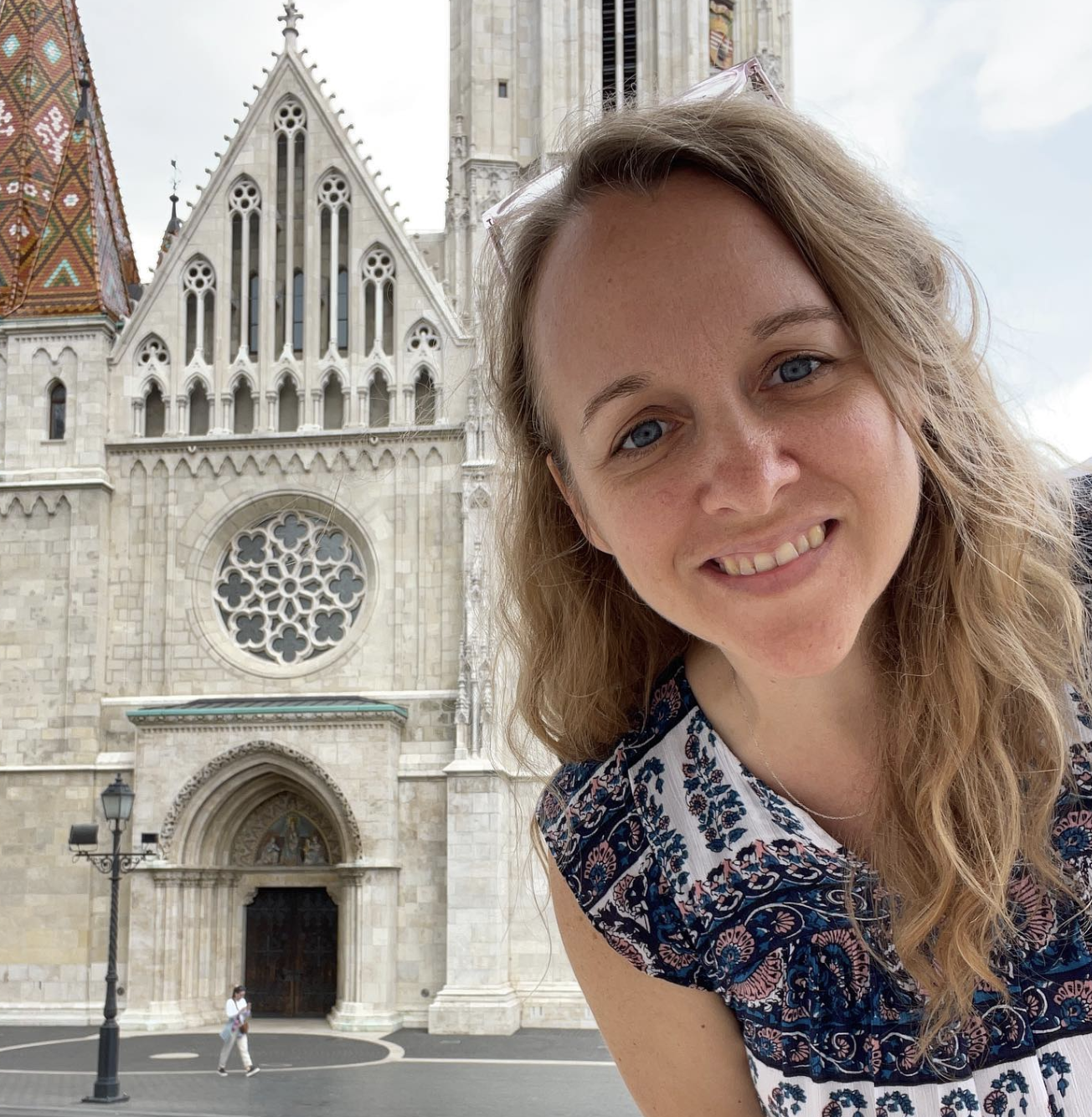Applications of CPS technologies used in the planning, functional design, operation and management of facilities for any mode of transportation in order to provide for the safe, efficient, rapid, comfortable, convenient, economical, and environmentally compatible movement of people and goods.
 Submitted by Katie Dey on April 16th, 2012
Submitted by Katie Dey on April 16th, 2012
The goal of this two-day, single-track event is to expose researchers to control and modeling challenges in cyber-physical systems (CPS) with the aim of exchanging knowledge and fostering collaborations between academia, industry, and government agencies. The proposed symposium will cover several applications of cyber-physical systems such as networked systems of unmanned vehicles, power grids, green buildings, transportation systems and health-care systems via invited talks, poster presentations and a panel discussion.
Submitted by Quanyan Zhu on April 16th, 2012
Event
SAE 2012 World Congress
The SAE 2012 World Congress theme is Get Connected. It represents the new and diverse connections that will drive significant advancements in the auto industry of tomorrow. Not only does the theme symbolize literal connections, such as those between vehicles, infrastructure, the Internet, and the nation’s electrical grid, but also demonstrates the most fundamental of connections; the connections and relationships between engineers who are developing the next generation vehicle technology.
Submitted by Anonymous on April 16th, 2012
NSF Industry Round-Table on Cyber-Physical Systems, May 17, 2007, Arlington, VA.
Submitted by Anonymous on April 16th, 2012
Submitted by Jim BRAZELL on January 25th, 2012
This project proposes a cross-layer framework in which vehicular wireless networking and platoon control interact with each other to tame cyber-physical uncertainties. Based on the real-time capacity region of wireless networking and the physical process of vehicle movements, platoon control selects its control strategies and the corresponding requirements on the timeliness and throughput of wireless data delivery to optimize control performance. Based on the requirements from platoon control, wireless networking controls co-channel interference and adapts to cyber-physical uncertainties to ensure the timeliness and throughput of single-hop as well as multi-hop broadcast. For proactively addressing the impact of vehicle mobility on wireless broadcast, wireless networking also leverages input from platoon control on vehicle movement prediction. In realizing the cross-layer framework, wireless scheduling ensures agile, predictable interference control in the presence of cyber-physical uncertainties.
If successful, this project will lead to a general and rigorous framework for wireless vehicular cyber-physical network control that will enable safe, efficient, and clean transportation. The principles and techniques for taming cyber-physical uncertainties will provide insight into other application domains of wireless networked sensing and control such as unmanned aerial vehicles and smart power grids. This project will also develop integrative research and education on wireless cyber-physical systems through multi-level, multi-component educational activities.
Off
Wayne State University
-
National Science Foundation
Zhang, Hongwei
 Submitted by Hongwei Zhang on December 6th, 2011
Submitted by Hongwei Zhang on December 6th, 2011
The objective of this inter-disciplinary research is to develop new technologies to transform the streets of a city into a hybrid transportation/communication system, called the Intelligent Road (iRoad), where autonomous wireless devices are co-located with traffic signals to form a wireless network that fuses real-time transportation data from all over the city to make a wide range of new applications possible. The approach is to build new capacities of quantitative bandwidth distribution, rate/delay assurance, and location-dependent security on a pervasive wireless platform through distributed queue management, adaptive rate control, and multi-layered trust. These new capacities lead to transformative changes in the way the transportation monitoring and control functions are designed and operated.
Many technical challenges faced by the iRoad system are open problems. New theories/protocols developed in this project will support sophisticated bandwidth management, quality of service, multi-layered trust, and information fusion in a demanding environment where critical transportation functions are implemented. Solving these fundamental problems advances the state of the art in both wireless technologies and transportation engineering. The research outcome is likely to be broadly applicable in other wireless systems.
The economic and societal impact of the iRoad system is tremendous at a time when the country is modernizing its ailing transportation infrastructure. It provides a pervasive communication infrastructure and engineering framework to build new applications such as real-time traffic map, online best-route query, intelligent fuel-efficient vehicles, etc. The research results will be disseminated through course materials, academic publication, industry connection, and presentations at the local transportation department.
Off
University of Florida
-
National Science Foundation
Chen, Shigang
 Submitted by Shigang Chen on October 31st, 2011
Submitted by Shigang Chen on October 31st, 2011
National Science Foundation
Air Force Office of Scientific Research
Submitted by Anonymous on August 30th, 2011
Air Force Office of Scientific Research
National Science Foundation
 Submitted by Janos Sztipanovits on August 30th, 2011
Submitted by Janos Sztipanovits on August 30th, 2011